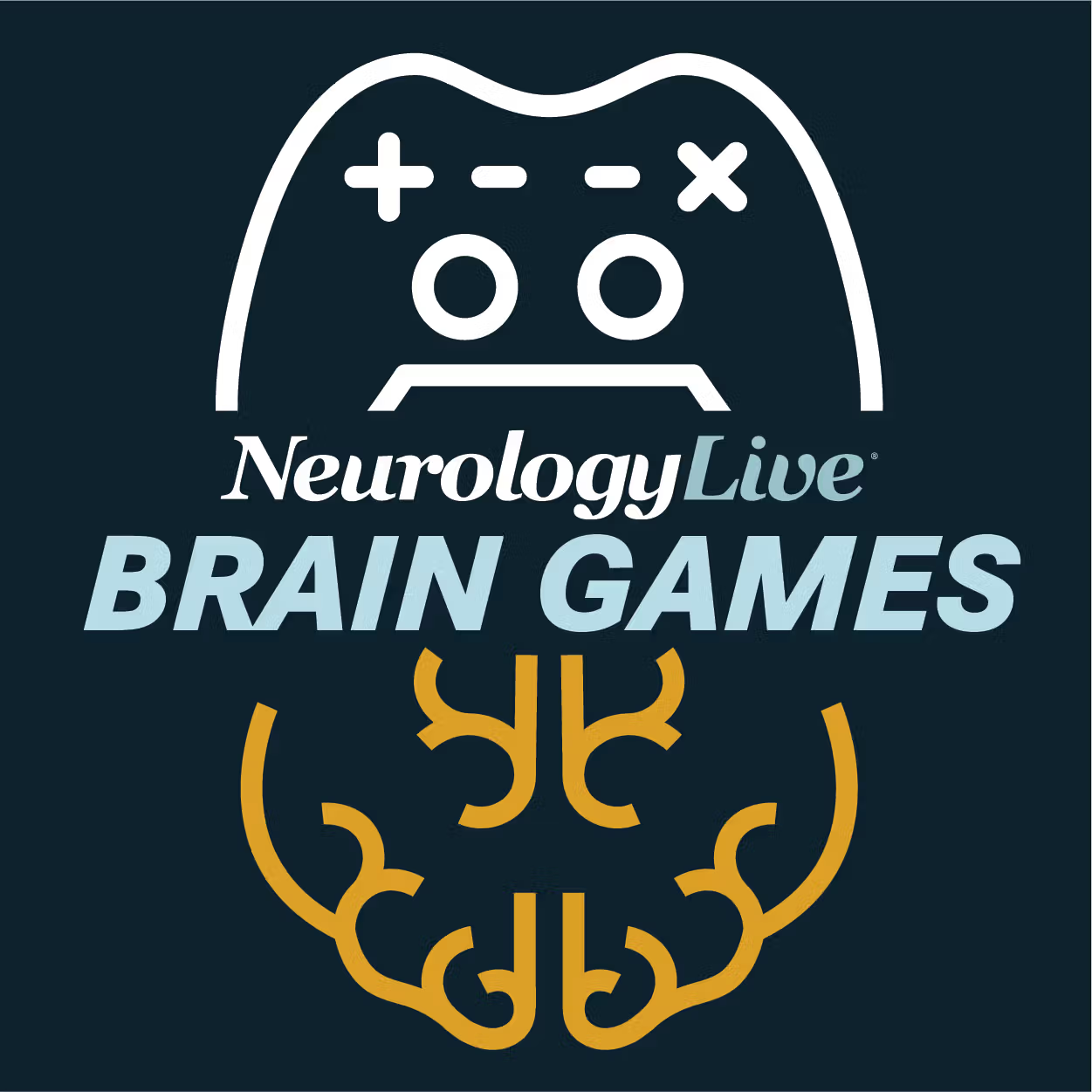News
Article
Real-World Data Show Similar Comorbidity Rates With and Without Sodium Oxybate Treatment
Key Takeaways
- Real-world data showed similar comorbidity profiles in narcolepsy patients treated with sodium oxybate and untreated patients, except for idiopathic hypersomnia and fatigue in unadjusted analyses.
- High insomnia rates were observed in both groups, reflecting the disruptive nighttime sleep characteristic of narcolepsy.
Data suggest no significant differences in comorbidity rates in a newly published study, highlighting dosing challenges and treatment patterns in patients receiving immediate-release sodium oxybate.
Melissa Lipford, MD
(Credit: Mayo Clinic)

Recently, Avadel Pharmaceuticals and nference announced the publication of real-world data in the Journal of Clinical Neuroscience, with results showing similar comorbidity profiles among patients with narcolepsy treated with immediate-release sodium oxybate (Xyrem) and those not treated with the drug.1,2
The retrospective analysis used de-identified electronic health records from Mayo Clinic to assess comorbidities and treatment patterns in 702 individuals with narcolepsy (treated with sodium oxybate, n = 351; matched controls, n = 351). Conducted through Mayo Clinic’s Clinical Data Analytics Platform using nference’s AI software, the study reported no statistically significant differences in rates of top comorbidities between the 2 groups after adjustments, with the exception of idiopathic hypersomnia (IH) and fatigue in unadjusted analyses.
“In this real-world study of de-identified Mayo Clinic EHR data comparing patients treated with sodium oxybate to a matched narcolepsy cohort without sodium oxybate, we see comparable rates of comorbidities, including hypertension and coronary artery disease. Other relevant findings included high rates of insomnia in both groups (approximately 43%), reflecting the frequent disruptive nighttime sleep inherent in narcolepsy,” lead author Melissa Lipford, MD, a neurologist at the Center for Sleep Medicine at Mayo Clinic, said in a statement.1 “The high rate of IH diagnosis underscores the challenges with distinguishing between narcolepsy and IH based upon current testing. These findings also revealed insights into challenges with middle-of-the-night sodium oxybate dosing and lessened efficacy when the second dose was omitted.”
In the sodium oxybate group, 22.8% had a diagnosis of IH compared with 33.0% in the matched cohort. The study noted that IH and narcolepsy were mutually exclusive disorders, suggesting these results reflect diagnostic shifts because of repeat testing. Hypertension was reported in 21.1% of the sodium oxybate group and 21.4% of the matched group (adjusted, P >.9), while coronary artery disease occurred in 7.1% of patients in both groups (adjusted, P >.9).
Among those treated with twice-nightly sodium oxybate, roughly one-third had clinical documentation of discontinuation, most commonly because of lack of efficacy. Chart reviews also noted patients missing the second dose, with inability to wake up cited as the most common reason. Researchers reported that documented consequences of missed second doses included cataplexy and lower daytime alertness.
“This is the second study for which we have collaborated with nference to generate real-world de-identified data from patients with narcolepsy,” Jennifer Gudeman, PharmD, senior vice president of medical and clinical affairs at Avadel, said in a statement.1 “Despite sodium oxybate being FDA approved for more than 20 years, these findings reflect the underutilization of sodium oxybate therapy, some of which may be due to the necessity of first-generation oxybates requiring chronic, middle-of-the-night dosing. These data provide further reassurance into the lack of a signal for sodium oxybate utilization and cardiovascular risk.”




